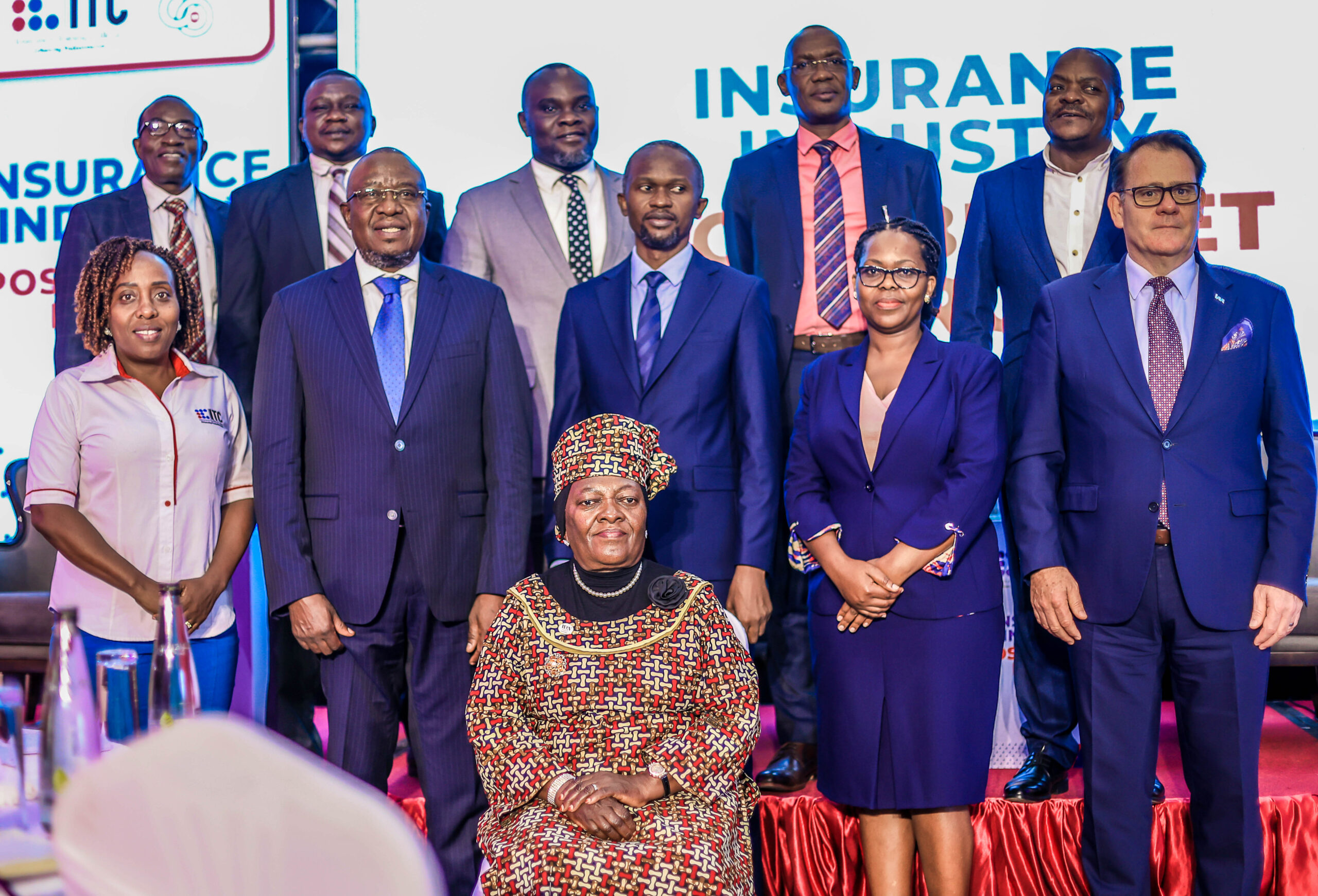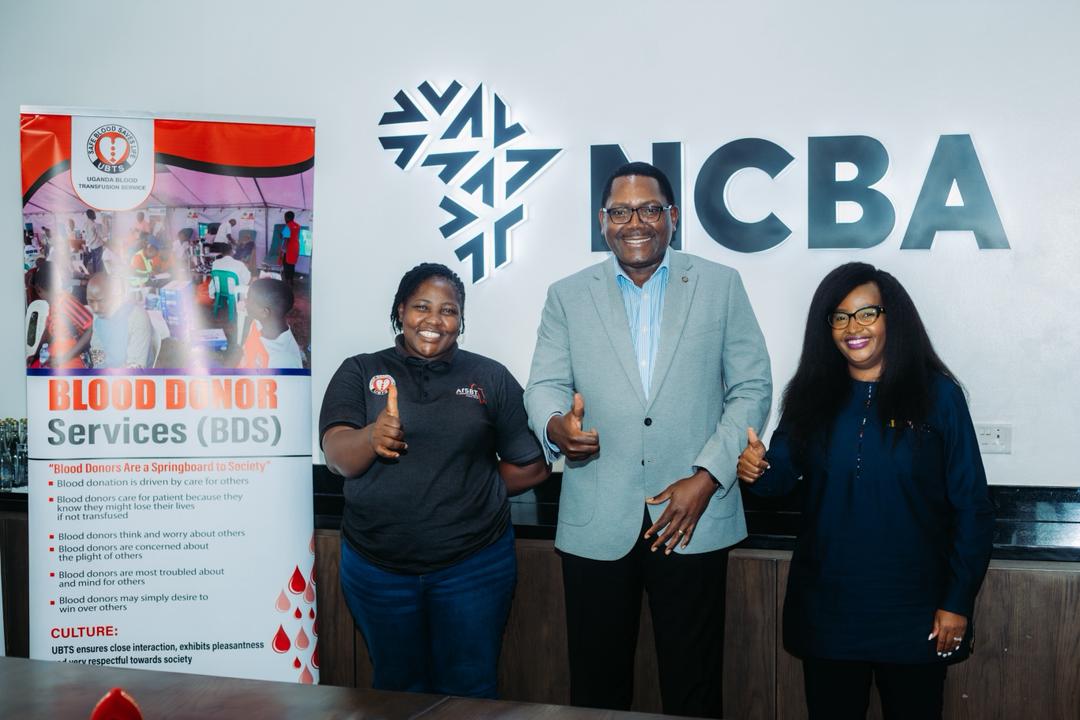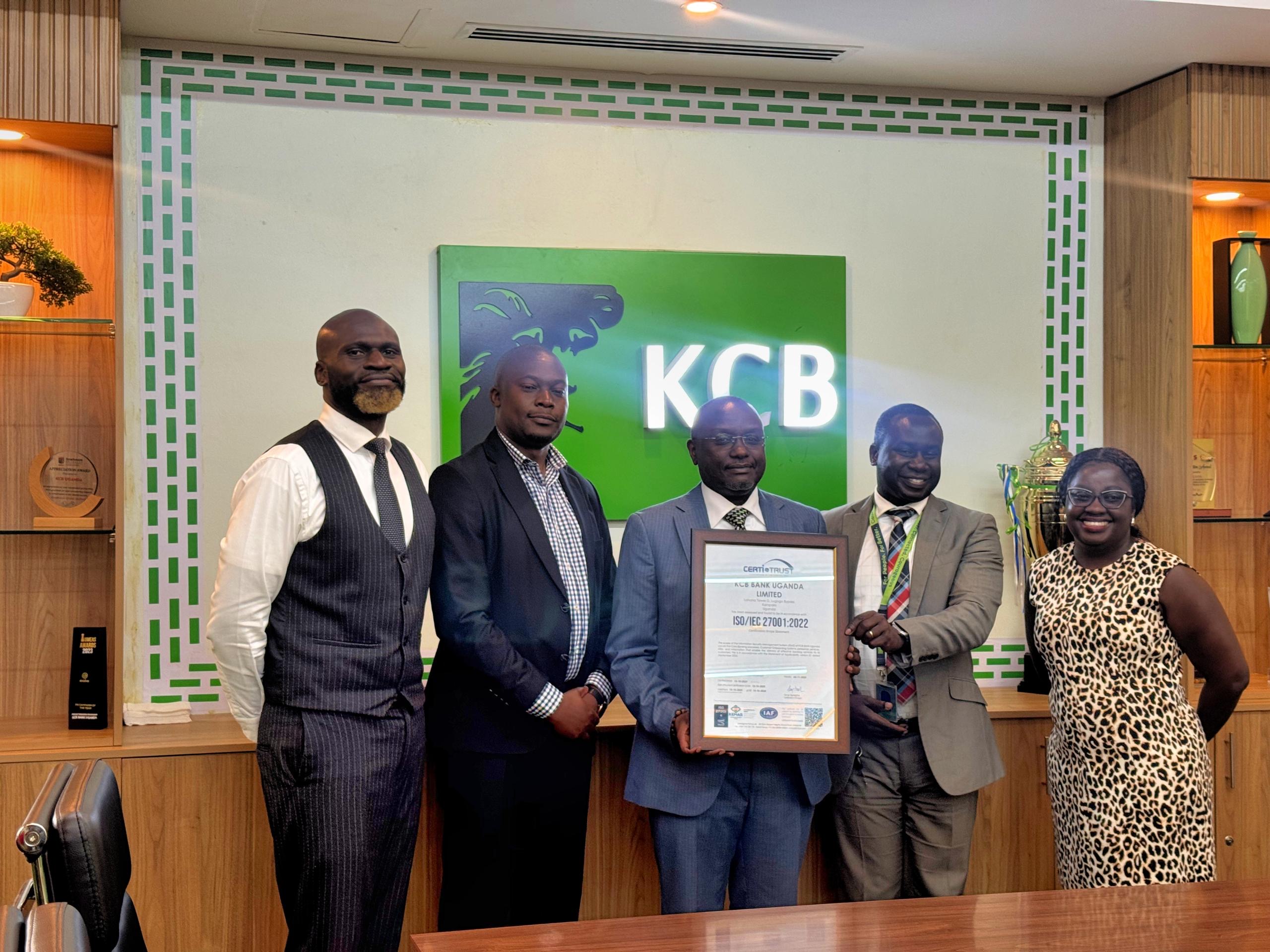Professor Samuel Sejjaaka has challenged Uganda’s insurance and financial services sector to abandon outdated models, confront economic realities head-on, and commit to bold, inclusive innovation.
Sejjaaka said industry players should rethink their approach in light of Uganda’s evolving fiscal and socio-economic landscape.
“This is not the time for quick fixes or surface-level changes. The financial services sector must move past selling the same old products and start creating solutions that truly serve the needs of youth, women, informal workers, and rural communities,” Sejjaaka warned, while delivering a keynote address at the 2025 Post-Budget Breakfast Forum organized by the Insurance Training College (ITC).
The annual forum brought together regulators, insurers, bankers, economists, and policymakers to unpack the implications of the 2024/25 national budget on the insurance and broader financial services industry.
Sejjaaka said With Uganda facing a tightening fiscal environment, rising public debt, and increasing demand for inclusive economic transformation, the sector must evolve from reactive, compliance-driven strategies to become a proactive enabler of growth.
He challenged stakeholders not to take budget figures at face value but to critically assess how economic policies intersect with the daily lives of ordinary Ugandans. “Our budget narratives are often optimistic, but the reality on the ground demands a more honest and practical response from the financial services community,” he said.
With accelerating digital transformation and a growing push for localized economic empowerment through initiatives like the Parish Development Model, he said the insurance sector must develop agile, data-driven products that reflect real market needs.
He cautioned that while the 2024/25 national budget projects robust economic growth and increased domestic revenue, the numbers mask serious underlying vulnerabilities.
“Our public debt now stands at 46.8% of GDP, and nearly 40% of all domestic revenue goes to servicing that debt. That is not just a figure on paper, but funding that won’t reach hospitals, roads, or schools. It’s the real cost of our fiscal choices,” he pointed out.
Of the Shs72 trillion in total budget expenditure, he said, less than Shs20 trillion remains as truly discretionary spending. The rest, he noted, is already committed, suggesting that the country needs to determine the cost, and source of funds with which economic transformation should come about.
Sejjaaka also highlighted other red flags in the budget, such as the growing dependence on domestic borrowing, now projected at Shs11 trillion, and ballooning government arrears amounting to Shs18.8 trillion. These trends, he warned, are quietly undermining private sector confidence.
“When government delays payments to contractors and suppliers, the economy slows. It’s a quiet erosion of trust and liquidity in the system,” he said.
Beyond the borders, Sejjaaka drew attention to growing political and economic instability across East Africa. With elections looming in Uganda, Kenya, and Tanzania, and continued unrest in Eastern DRC and South Sudan, he said, the regional outlook remains precarious.
“These issues directly affect trade, investment, and cross-border insurance operations. Even as we champion EAC integration, customs delays, fragmented regulations, and creeping protectionism continue to hold us back,” he said.
He also cast doubt on the feasibility of Uganda’s long-term development ambitions, including the much-publicized plan to grow GDP tenfold from $50 billion to $500 billion by 2040.
“With a population growing at 3.4% annually, we must ask, can we realistically achieve such growth without radical changes in productivity, policy execution, and financial innovation?” he posed.
Sejjaaka called for a fundamental reset in the way Uganda’s insurance sector approaches product development, to one grounded in real-time data, artificial intelligence, and behaviorally informed design.
He cited the transformative success of mobile money platforms like Airtel Money and MTN MoMo as powerful examples of customer-centric innovation. These platforms, he noted, have evolved into de facto financial institutions by embedding convenience and relevance into people’s daily lives.
“Do you truly understand your customers? Do you know what they actually want to buy, how they want to access it, and what risks they are most concerned about?” he asked pointedly.
He challenged insurers to shift from traditional, stand-alone policies to embedded solutions that are seamlessly integrated into everyday transactions and services.
Edward Kasato, Director of Finance, Insurance Regulatory Authority (IRA), reaffirmed the regulator’s commitment to fostering dialogue between government and the insurance sector, describing the forum as an important compass for aligning industry strategies with national development priorities.
Kasato pointed to increased government investment in key sectors, including agriculture, oil and gas, transport infrastructure, and energy, as catalysts for insurance market growth.
“With over Shs3 trillion allocated to initiatives such as the Parish Development Model (PDM), Emyooga, and agricultural financing, we anticipate significant demand for tailored microinsurance and agricultural insurance products,” he said.
He challenged insurers to move beyond conventional policy offerings and design innovative solutions that align with public policy objectives, particularly those aimed at empowering women, youth, rural entrepreneurs, and informal sector workers.
Saul Sseremba, Principal of the Insurance Training College (ITC), emphasized the importance of agility in a changing economic landscape marked by rising debt, reduced fiscal space, and growing social needs.
“With government increasingly constrained by debt repayments and domestic borrowing, the private sector must step in to fill protection gaps, especially for vulnerable and underserved communities,” he said.
He also issued a strong call for innovation and market differentiation, insisting that the era of one-size-fits-all insurance is over.












Leave a Reply